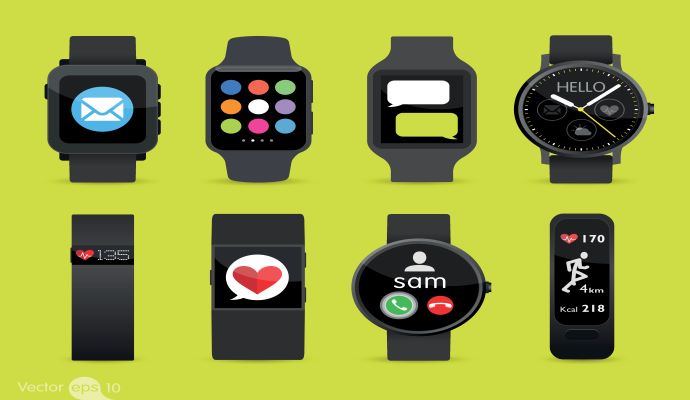Wearable Skin Sensor Can Uncover Underlying Inflammation
New research describes the ability of a wearable skin sensor to identify biomarkers of inflammation through human sweat.

Source: Getty Images
- A new California Institute of Technology (Caltech) study describes a novel wearable skin sensor that can detect a liver-secreted protein known as the C-reactive protein (CRP), which is often an indicator of inflammation due to underlying health conditions.
Mayo Clinic notes that the standard check for CRP consists of a blood test. Clinicians test for CRP to check for infection, assist with diagnosing chronic inflammatory disease, and learn about the patient's risk for heart disease.
However, a new tool from Caltech can assist patients and providers with identifying CRP without the need for invasive tests. The tool is a wearable sensor that uses sweat to determine CRP levels.
Developed by Wei Gao, PhD, an assistant professor of medical engineering at Caltech and Heritage Medical Research Institute Investigator, and his research team, this skin sensor is built upon laser-engraved graphene, which is a sheet-like form of carbon. Containing many pores that create more surface area, the graphene structure allows for the binding of antibodies to CRP and redox molecules that can generate electric current under specific conditions. Through other gold nanoparticles, the sensor also carries another set of CRP antibodies.
When molecules enter the sensor via sweat, CRP molecules attach to the antibodies on the gold nanoparticles and those on the graphene, temporarily combining the nanoparticles and the graphene, triggering the redox molecule to generate an electrical current that the sensor can measure.
Gao noted that it is harder to identify CRP than other molecules that can be detected by sweat sensors. This is largely because of the limited presence of CRP in the blood, as their large size makes it difficult for them to be secreted from the bloodstream to sweat.
"Those were the main issues that prevented people from doing wearable CRP sensing before," said Gao in the press release. "We need high sensitivity to monitor very low-concentration CRP automatically on the skin."
Gao stated that this research indicates the potential for detecting CRP and other molecules with lower concentrations through sweat.
"This is a general platform that lets us monitor extremely low-level molecules in our body fluids. We hope to expand this platform to monitor other clinically relevant protein and hormone molecules," said Gao. "We also want to see if this can be used for chronic disease management. Inflammation means a risk for many patients. If they could be monitored at home, their risk can be identified, and they can be given timely treatment."
Innovative efforts involving skin sensors to assist with health data collection are becoming increasingly prominent.
In August 2022, researchers from the Massachusetts Institute of Technology (MIT) created a wireless wearable skin sensor to detect various health indicators.
Given that various conditions are being treated with wearable devices, MIT researchers created a skin sensor to determine metrics such as glucose concentrations, blood pressure, heart rate, and activity.
Following a testing period involving various study participants, they found that the sensor successfully detected changes related to the gallium nitride surface acoustic waves. This allowed for the collection of heart rate-related data.
